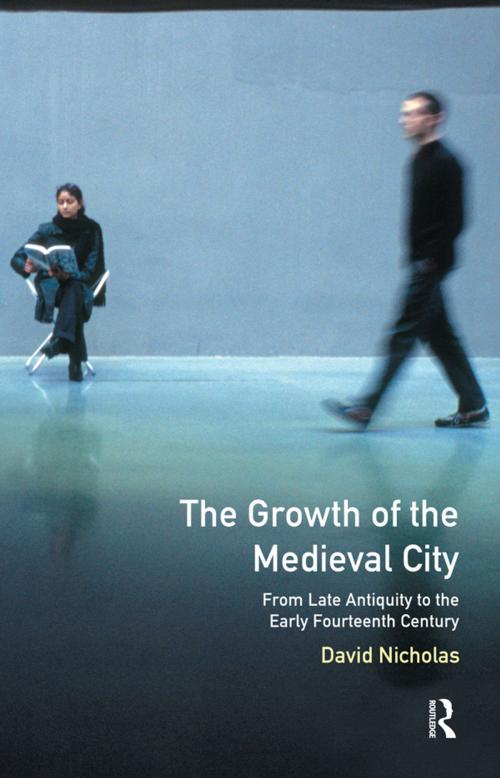The Growth of the Medieval City
From Late Antiquity to the Early Fourteenth Century
Nonfiction, History, Medieval| Author: | David M Nicholas | ISBN: | 9781317885498 |
| Publisher: | Taylor and Francis | Publication: | June 17, 2014 |
| Imprint: | Routledge | Language: | English |
| Author: | David M Nicholas |
| ISBN: | 9781317885498 |
| Publisher: | Taylor and Francis |
| Publication: | June 17, 2014 |
| Imprint: | Routledge |
| Language: | English |
The first part of David Nicholas's massive two-volume study of the medieval city, this book is a major achievement in its own right. (It is also fully self-sufficient, though many readers will want to use it with its equally impressive sequel which is being published simultaneously.) In it, Professor Nicholas traces the slow regeneration of urban life in the early medieval period, showing where and how an urban tradition had survived from late antiquity, and when and why new urban communities began to form where there was no such continuity. He charts the different types and functions of the medieval city, its interdependence with the surrounding countryside, and its often fraught relations with secular authority. The book ends with the critical changes of the late thirteenth century that established an urban network that was strong enough to survive the plagues, famines and wars of the fourteenth and fifteenth centuries.
The first part of David Nicholas's massive two-volume study of the medieval city, this book is a major achievement in its own right. (It is also fully self-sufficient, though many readers will want to use it with its equally impressive sequel which is being published simultaneously.) In it, Professor Nicholas traces the slow regeneration of urban life in the early medieval period, showing where and how an urban tradition had survived from late antiquity, and when and why new urban communities began to form where there was no such continuity. He charts the different types and functions of the medieval city, its interdependence with the surrounding countryside, and its often fraught relations with secular authority. The book ends with the critical changes of the late thirteenth century that established an urban network that was strong enough to survive the plagues, famines and wars of the fourteenth and fifteenth centuries.















